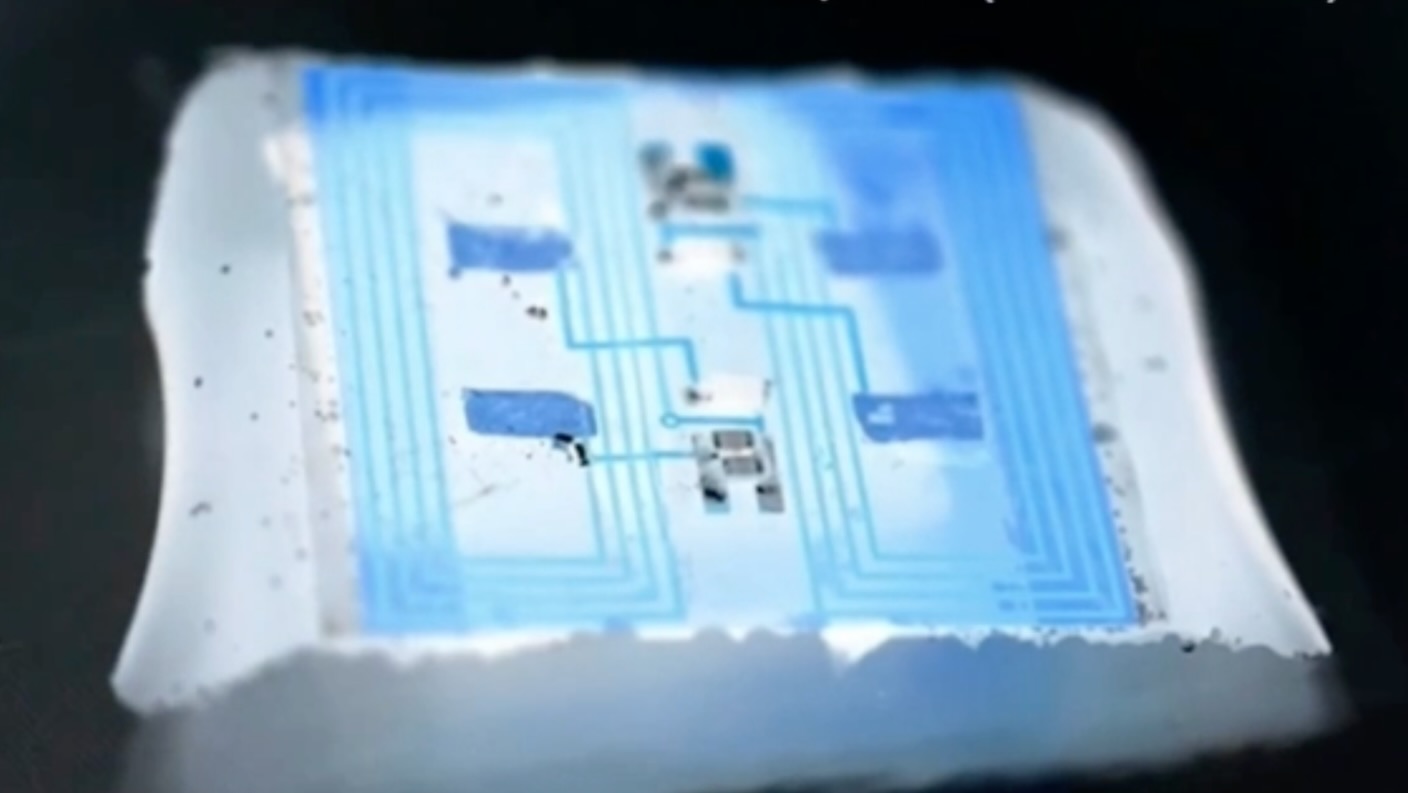In recent advancements within the field of robotics, researchers have developed a remarkable biohybrid robot that utilizes human-derived cells combined with a programmable electronic "brain." This innovation represents a significant leap in robotic technology, enabling the robot to exhibit movement patterns akin to living organisms.
The Biohybrid Stingray: A New Paradigm
Nicknamed the biohybrid stingray, this robot swims effortlessly in a laboratory environment, powered by an intricate system of living cells. The structure comprises:
- Human-Derived Neurons: These cells are responsible for processing information and stimulating movement.
- Muscle Cells: Similar to cardiac muscle cells, they contract to propel the robot through its environment.
- Synthetic Skeleton: A supporting structure that provides shape and function to the biohybrid system.
The fusion of biological materials with synthetic elements offers distinct advantages in motion and energy efficiency compared to traditional robots.
The Mechanics of Movement
The biohybrid robot's movement is largely controlled by an intricate wired circuit that governs neuronal activity. This control mechanism allows for:
- Independent Fin Movement: Similar to the flexibility shown by living stingrays and butterflies.
- Adaptive Control: The ability to respond differently based on environmental stimuli, which is a crucial challenge in robotic design.
- Energy Efficiency: The robot utilizes biological cells that inherently use energy more efficiently than traditional mechanical systems.
Unveiling Nature's Blueprint
Nature has long served as an inspiration for robotic design. By mimicking the survival adaptations seen in species like ray fishes and butterflies, scientists aim to enhance robotic agility and reduce energy consumption. The following table summarizes how biological characteristics align with robotic functions:
| Species | Adaptation | Robotic Application |
|---|---|---|
| Stingrays | Flapping fins for propulsion | Biohybrid stingray swimming mechanism |
| Butterflies | Efficient wing flapping | Potential for lightweight biohybrid drones |
| Marine Animals | Dynamic movement in water | Design of versatile underwater robots |
The Brain-Body Connection
The incorporation of neural cells into robotic systems marks a novel approach in robotics. Traditionally, robots rely solely on mechanical actuators and sensors. This biohybrid robot's neurons build connections with muscle cells, akin to how biological organisms function. Neuroengineering has enabled the development of:
- Induced Pluripotent Stem Cells (iPSCs): These stem cells are derived from skin cells, reprogrammed to function as various cell types.
- Neuronal Control: Neurons directly control muscle fibers, allowing for real-time movement adjustments.
- Improved Synaptic Communication: The connections made in this robot are unique, allowing for bidirectional communication that enhances reaction times and efficiency.
“The biohybrid robot not only pushes the boundaries of robotic capabilities but also opens doors for innovations in biomedical applications and organoid research.” – Su Ryon Shin, Harvard Medical School
Challenges and Future Prospects
Despite the impressive capabilities of these biohybrid robots, certain challenges remain:
- Nutrition Requirements: The robots need a nutrient-rich environment to survive currently.
- Scalability: Developing systems that can be mass-produced while maintaining functionality is critical.
- Integration with Non-Biological Systems: Advancements in seamless integration of living cells with electronics are essential for future developments.
The future of biohybrid robots presents exciting possibilities, particularly in research areas such as:
- Biomedical Applications: They could aid in the study of diseases linked to the brain and muscles.
- Drug Testing: These systems may serve as platforms for evaluating new treatments.
- Autonomous Systems: Researchers aim to develop autonomous biohybrid systems capable of adaptive learning and motor control.
Conclusion
The recent advancements in biohybrid robotic technology signify a promising intersection between engineering and biology. As researchers continue to explore the implications of this innovation, the potential applications are vast, heralding a new era in the development of adaptable, efficient, and living robots.
Attribution: SingularityHub
💛 Support the Editor
If you liked this post and would like to support the editor through a financial donation then you can do so below!
💛 Donate













Discussion